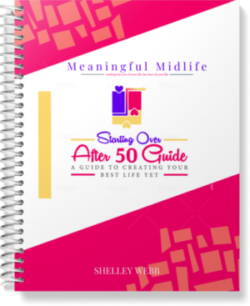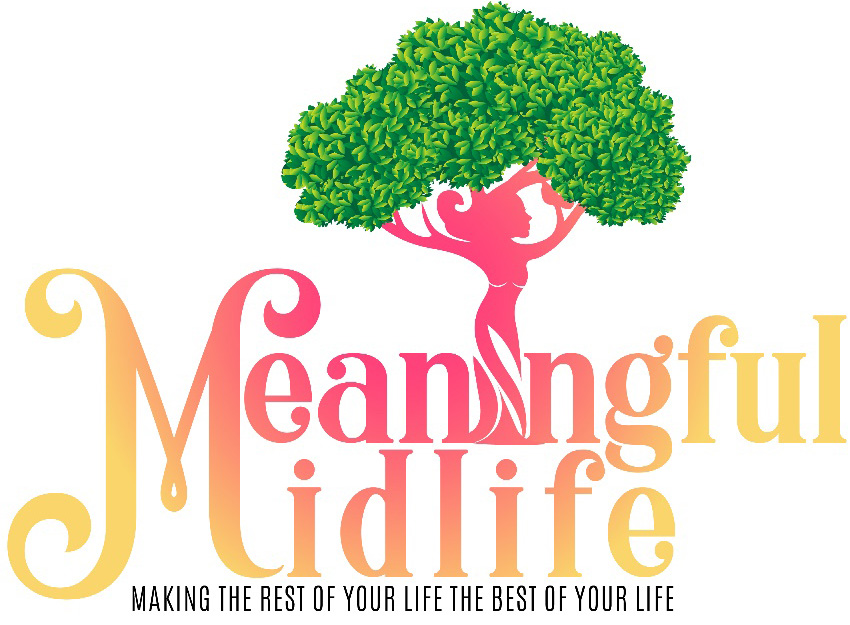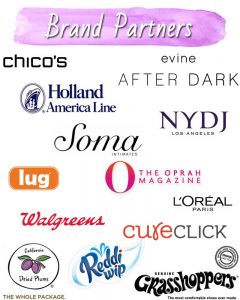photo credit: bella_domanie
Botox Treatments for Urinary Incontinence in Seniors
The United States Food and Drug Administration approved Botox for use in treating urinary incontinence among elderly patients in August of 2011. Primarily conceived as a wrinkle-reducing alternative to plastic surgery, Botox has eluded many medical authorities with its growing applications in treating the symptoms of many conditions and diseases. So what is urinary incontinence, how does the use of Botox in New York and the rest of the country treat it, and what else can this drug do?
What is Urinary Incontinence?
Urinary incontinence refers to uncontrollable urination. Episodes of incontinence are reportedly sporadic, varying in frequency and volume, but almost always create social anxiety in the patient. Urinary incontinence is almost always a symptom rather than a disorder in itself. As such, physical examinations and urinalysis tests should be conducted to reveal the cause of the problem.
Acute urinary incontinence can be caused by excessive consumption of water, alcohol, coffee, or a pre-existing condition such as a urinary tract infection. More chronic cases are associated with various surgical operations, aging, childbirth, prostate cancer, or bladder issues.
The most prevalent symptom of urinary incontinence is uncontrollable urination, which can be excited by stress, involuntary bladder contractions, or the bladder’s inability to empty itself. Related conditions, whether they are causal, resultant, or incidental, include urinary tract infections, bladder and prostate cancer, atrophic urethritis, endocrine disorders, and psychiatric disorders.
Why Botox?
Botox or botulinum toxin is a diluted neurotoxin, similar to the venom that snakes and other predators use to paralyze their prey. When safely administered, Botox acts as a long-term muscle relaxer. When used to treat urinary incontinence, Botox is directly injected to an overactive bladder. After an incontinent person is injected with Botox, they have much more control of the contractions involved with urination. No other medications or plastic surgery procedures have deterred urinary incontinence for as long as a single Botox injection, which the FDA says can relieve incontinence for as long as ten months.
Additional Uses
In addition to treating urinary incontinence, the use of Botox in New York and several other states has been FDA-approved to treat several other symptoms and disorders. Its primary use was to relieve muscle spasms of the eye. Since then, it has been cited to relieve hyperhidrosis, migraines, and even cerebral palsy. Hyperhidrosis, or excessive sweating, is inhibited by the gland-blocking effects of Botox injections. Similarly, research initiatives by the Baylor College of Medicine have suggested that Botox cures migraines by cutting off “pain pathways” in the nervous system. Finally, Botox allows young adults and children with cerebral palsy to better control their otherwise severe and unpredictable muscular contractions.
Botox Statistics
When compared to a placebo group, patients in an FDA clinical trial of almost 700 urinary incontinence sufferers said that they experienced fewer episodes of incontinence. The American Society for Aesthetic Plastic Surgery recently released the number of procedures that have been conducted across the country, which is now more than 2,437,165. Roughly 17 percent of those procedures addressed urinary continence and related conditions. As it concerns the use of Botox in New York, the state’s 12 percent of elderly residents has undergone more than 100,000 botox injections since 2003.
Editor’s note: The above information was provided by PlasticSurgeryGuide.com. Please do not consider this as a recommendation. It is simply presented for your information. Check with your physician to decide whether this would be an appropriate treatment or to discuss other options for treatment of urinary incontinence.
LEARN TO LOVE YOUR LIFE AGAIN
 Do you feel like you need to hit the REFRESH button on your life? Download our free guide and begin to create your best life yet!
Do you feel like you need to hit the REFRESH button on your life? Download our free guide and begin to create your best life yet!



Very interesting information, thank you for sharing. I had no idea that incontinence was more considered a symptom than a disease. I learned a lot about it in a class that I recently took, and much of the information that you have stated reiterated that.
I also work with senior citizens every day, helping them cover the out of pocket gaps brought on by government Medicare. I will have to pass this information along to my friends and clients. Feel free to check out our website anytime, we’d appreciate the feedback. Thanks again for sharing!
Hi, Brian,
I’m so glad that you were able to take a class on incontinence issues. We have much to learn about our elders and I’m thankful for people who are teaching and passing along the information.
I will check out your website soon!
~ Shelley
I have heard about Botox treatment for incontinence. It is a good way to reduce this problem. Nowadays many kinds of treatments are available, but the problem is that most of the people do not like to talk about it. They feel embarrassment, but do not forget to take proper treatment is very necessary. Don’t think like this-it is permanent or how can I talk with a doctor.
Yes, it is a very personal and oft-times embarrassing subject to discuss. Thankfully, television commercials are helping to make the discussion a bit easier.
Hi!
Thank you for information , can Botox solve the problem of incontinence even in elderly ? Q
I can’t answer this for certain, as the studies are fairly recent but I believe that at later stages, it is not effective.